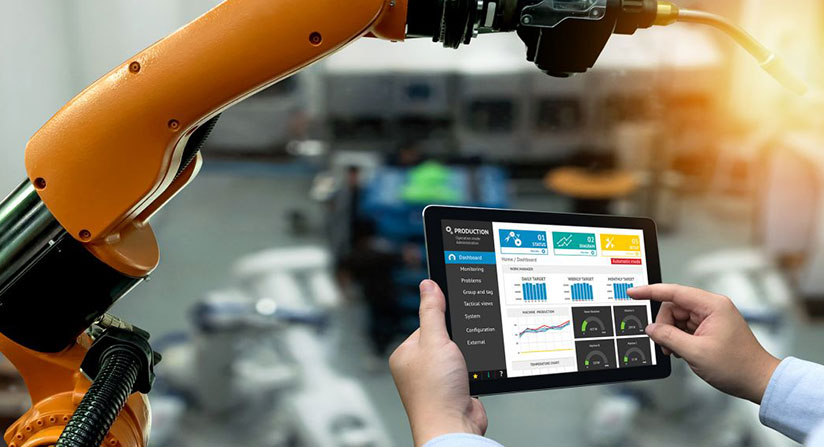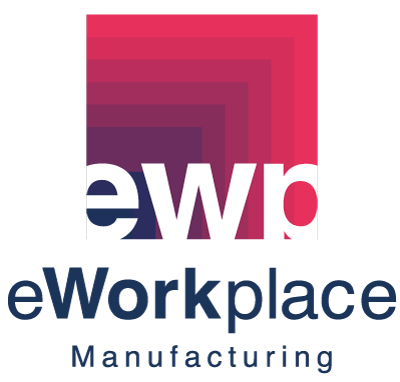A ‘Best of Breed’ solution is designed to do extremely well for one department or area of your business. Each such solution is usually developed and supported by individual, separate vendors.
An ‘End-to-End’ ERP system, sometimes called ‘Best-in-Class’, combines all the different departments and areas of your manufacturing business into one software suite.
The right choice for you may depend on where you are coming from in terms of systems, and what you are trying to achieve with an ERP evaluation.
If your current system(s) are not measuring up, and the time has come to move on, there are some things you will need to consider in the discussion around ‘Best of Breed’ vs ‘End-to-End’ when it comes to a replacement system.
There is no question that, despite the many advantages, a totally new End-to-End ERP implementation has its challenges. Some departments see that their current stand-alone solution works well for them, and it is “everyone else” who has a problem. From my own experience, Finance/Accounting departments are the hardest to get buy-in from for a new system. This is not surprising – they spend much more time on their computers than probably all other departments combined. The reality is, if Accounting do not have visibility into all the other areas of the business, then they really do have a problem themselves.
A ‘Best of Breed’ strategy, or a mix of the two, has some advantages:
- If you are a Manufacturer who also owns a chain of retail stores needing state-of-the-art Point-of-Sales technology, for example, then you may not be able to meet both requirements in a single ERP solution, or at least in one you can afford.
- Single ‘Best of Breed’ solutions may each be quicker to implement.
- ‘Best of Breed’ vendors will have specialist consultants who know their niche extremely well.
- Each department is responsible for their own destiny, managing their own timetables and upgrade schedules.
On the downside, a ‘Best of Breed’ strategy has some very real headaches for:
- Your IT department:
- Additional complexity in your IT infrastructure: Networking, different hardware & operating system requirements.
- Expensive tools and skills needed to integrate systems.
- Some form of Business Intelligence dashboards for reporting across systems.
- Issues around security of systems and user access.
- Management:
- A higher Total Cost of Ownership (TCO), the sum of individual systems often exceeding the cost of a single ERP solution, which also reflects in on-going maintenance costs.
- A persisting lack of visibility into “whole company” data to facilitate decision-making.
- Your Project Manager / System Administrator:
- Over-stressed support staff trying to manage user issues in multiple systems.
- Users not accepting some systems because of drastically different user-interfaces.
- Managing multiple vendors for upgrades and support.
- Trying to run Training programs across multiple departments and systems.
An ‘End-to-End’ ERP strategy also has its good and not-so-good points:
Manufacturing today deals with increased regulation, quality concerns, and competition. The challenge is to not let all these new things pile on complexity. In order to manage a manufacturing business in this environment, the aim is for simplicity in your systems.
This need for simplicity is reflected in the real advantages of End-to-End ERP solutions:
- A single system to implement and support.
- One single database that stores and integrates all your valuable information, meaning all users have access to the same ‘single version of the truth’.
- Training of users is standardized and universal.
- Easier to control costs.
- Immediately available reporting options.
- Offers better scalability as your business continues to grow.
- Much easier security and user access management.
The major downsides to an End-to-End ERP strategy are:
- Full End-to-End ERP implementations do take more time, and are more disruptive. You need good planning to manage such a project.
- Difficulty getting buy-in from all departments to the new system.
To make a decision in this critical area, you need to carefully evaluate the needs of each department. Those that have critical, specialist needs must have solutions for those needs looked for in possible End-to-End ERP systems. If it is impossible to find exactly what they need, it seems a rational decision to purchase as few ‘Best-of-Breed’ solutions as required to meet just those needs, and see how their data can be accessed from the main ‘Best-in-Class’ system.
Keep in mind that overriding need to simplify the complex. This is what OptiProERP does – it makes the complex simple.
Find out how OptiProERPs manufacturing ERP solution can transform your business today. optiproinfo@optiproerp.com or by requesting a product overview.
Follow Us










